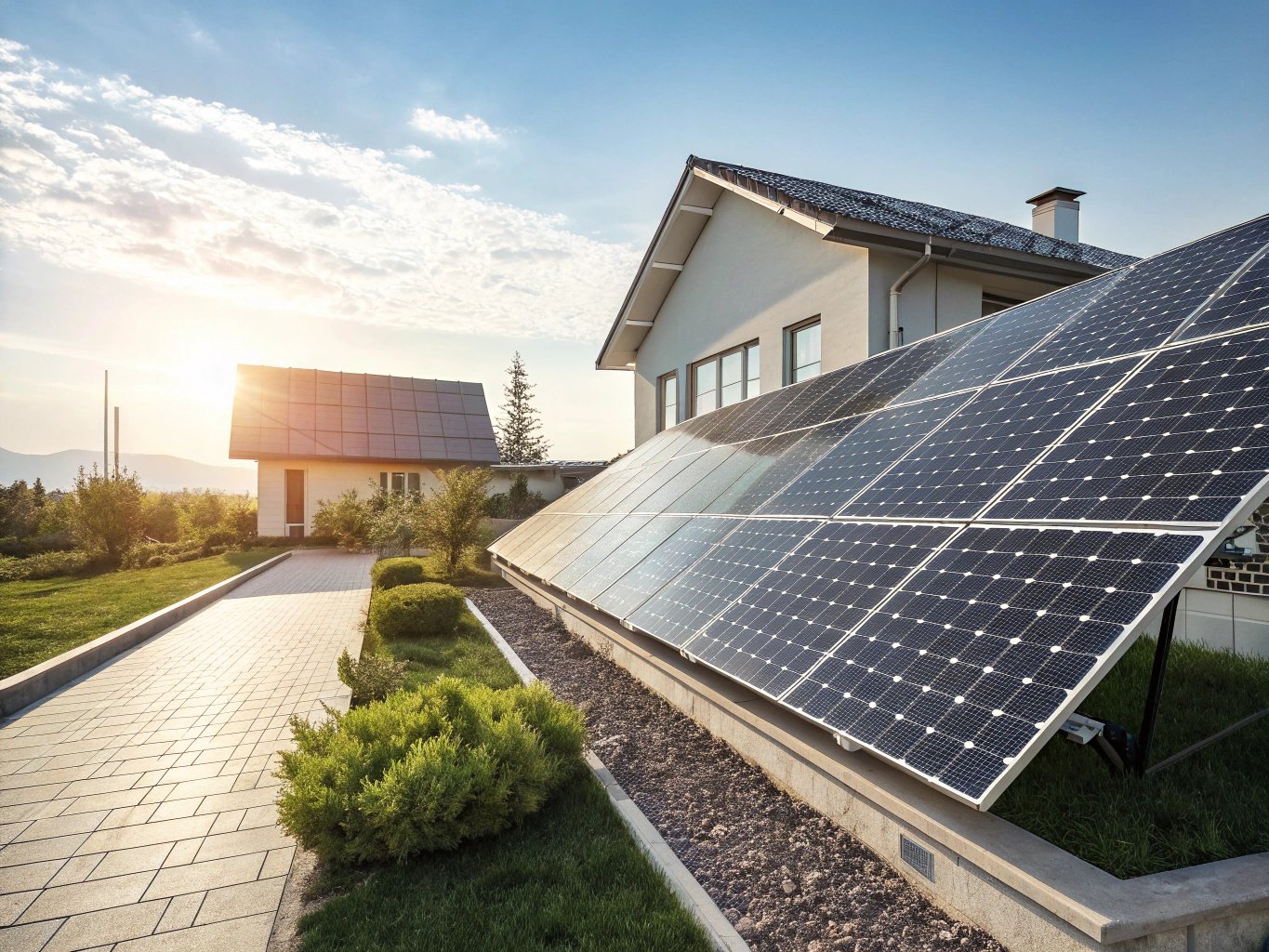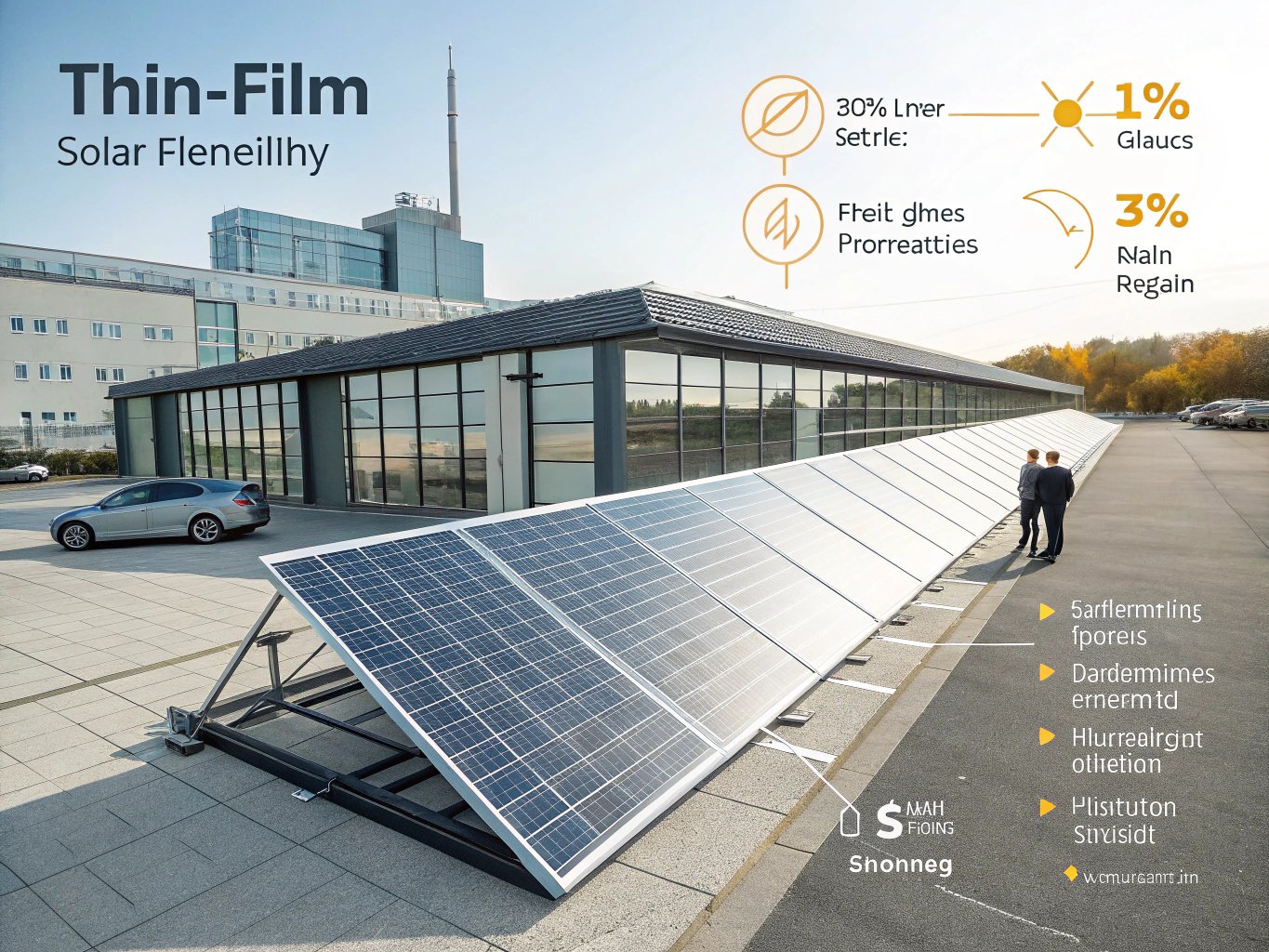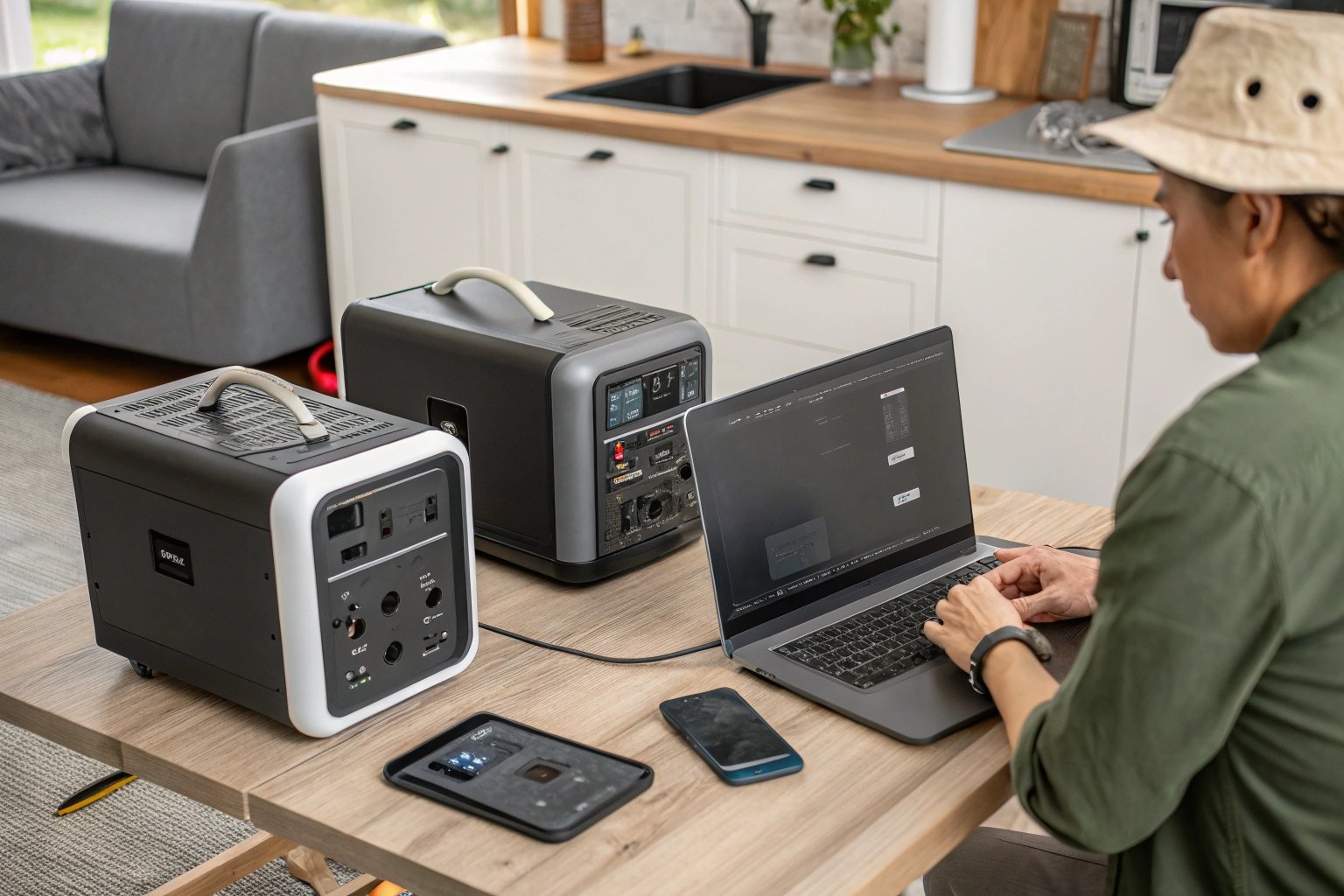
Choosing the right solar panel is essential for maximizing energy efficiency and cost savings. In this guide, we explore the various types of solar panels, their unique features, and how to choose the best one for your needs.
Solar panels come in various types, each designed for specific needs. Understanding the differences can help you choose the right one for your energy goals, whether for residential or commercial use.
Transition paragraph
Choosing the right solar panel is essential to maximizing energy efficiency and cost savings. Let’s take a closer look at the main types of solar panels available, their unique features, and the benefits they offer for different applications.
✔
Monocrystalline panels are highly efficient, but in some situations, polycrystalline panels offer a better cost-to-efficiency ratio, making them a more practical choice.
✖
Polycrystalline panels are generally more efficient than thin-film panels, though their efficiency is lower than monocrystalline panels.
What Are Solar Panels?

Solar panels are devices that convert sunlight into electricity. They consist of many individual solar cells made from semiconductor materials like silicon. When sunlight hits the cells, it excites electrons and creates an electric current. Solar panels harness this energy to provide a clean, renewable source of power for residential, commercial, and industrial applications.
Types of Solar Panels
There are three main types of solar panels: monocrystalline, polycrystalline, and thin-film. Each type has its own unique benefits and drawbacks, making them suitable for different applications.
Monocrystalline Solar Panels

Monocrystalline solar panels are made from a single crystal structure, which is why they are often referred to as “single-crystal” panels. They are known for their high efficiency, typically ranging from 15% to 22%. These panels are ideal for homes with limited roof space, as they produce more energy per square foot.
Monocrystalline panels are made using high-purity silicon, which increases their energy efficiency. While they tend to be more expensive than other types, their durability and performance in various weather conditions make them a popular choice.
Polycrystalline Solar Panels
Polycrystalline panels are made from silicon crystals that are melted together. They are less efficient than monocrystalline panels, with an efficiency range of 13% to 18%. However, they are more affordable and cost-effective, making them an excellent option for those looking to minimize upfront investment while still enjoying solar energy benefits.
Polycrystalline panels typically have a lower heat tolerance, which means their efficiency can drop in very hot climates. However, they still offer solid performance in most regions and are widely used for residential installations.
Thin-Film Solar Panels

Thin-film solar panels are the least common but offer flexibility and lightweight options for solar installations. They are made by placing photovoltaic material on a substrate such as glass, plastic, or metal. Thin-film panels are typically less efficient than their crystalline counterparts, with efficiency levels between 10% and 13%.
While thin-film panels have lower efficiency, they can be a good option for large-scale installations or areas with ample space. Their lightweight design also makes them ideal for unconventional applications, such as portable solar devices or on vehicles.
Comparison of Solar Panel Types
| Solar Panel Type | Efficiency Range | Cost per Watt | Best For |
|---|---|---|---|
| Monocrystalline | 15% to 22% | High | Small spaces, high-efficiency needs |
| Polycrystalline | 13% to 18% | Medium | Budget-friendly, large installations |
| Thin-Film | 10% to 13% | Low | Large-scale projects, portable uses |
How to Choose the Right Solar Panel
Choosing the right solar panel depends on various factors such as budget, available space, energy needs, and climate conditions. Monocrystalline panels are ideal for those who want high efficiency and have limited space, while polycrystalline panels are perfect for those on a budget. Thin-film panels are great for large installations or when flexibility and lightweight designs are crucial.
Conclusion
Understanding the different types of solar panels can help you make an informed decision when installing a solar system. Whether you choose monocrystalline, polycrystalline, or thin-film panels, each type offers unique benefits that suit various needs and environments. Keep in mind your specific energy goals, space, and budget, and choose the solar panel that best meets your requirements for optimal efficiency and cost savings.



